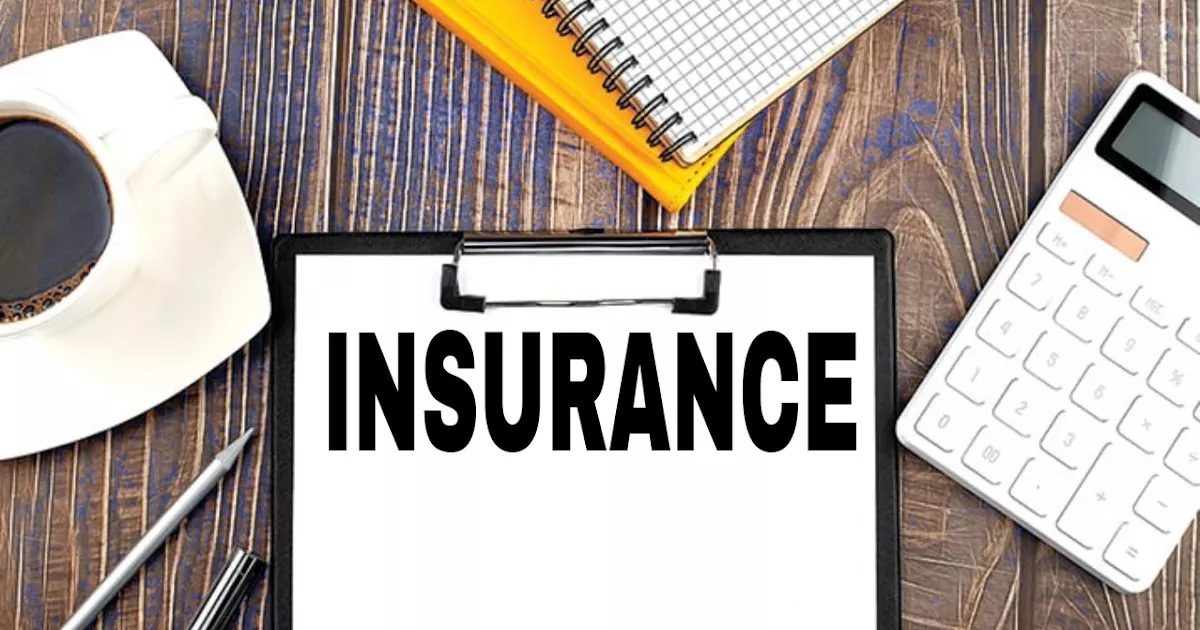New Rules for Warranty Contracts, Loyalty Programs, and Protection Plans
On October 18, 2024, Alberta’s Superintendent of Insurance released Interpretation Bulletin 05-2024, which outlines how certain motor vehicle protection products are now classified as insurance. This follows a draft bulletin published in June, inviting public comments. The bulletin impacts motor vehicle warranty contracts, dealership loyalty programs, ancillary motor vehicle protection products, and motor vehicle service plans, and marks a significant regulatory shift for the auto industry.
Motor Vehicle Warranty Contracts
Motor vehicle warranty contracts address issues that arise from inherent defects in the workmanship or materials of a vehicle. Warranties issued by original equipment manufacturers (OEMs) or their wholly-owned subsidiaries are not considered insurance. Similarly, warranties provided by repair shops for their own work are excluded from this classification.
However, if a third-party issues a vehicle warranty, it is now considered equipment warranty insurance. To sell such warranties in Alberta, third parties must work with an insurer authorized to conduct equipment warranty insurance business in the province.
Dealership Loyalty Programs
Motor vehicle dealership loyalty programs, which provide discounts on future vehicle replacements in cases of damage or total loss, are classified as GAP insurance. Since these programs indemnify consumers for a portion of the replacement cost due to risks like theft or accidents, they fall under the insurance category. It is worth noting that debt waivers provided by finance companies remain outside of the insurance classification.
Ancillary Motor Vehicle Protection Products
Further details on ancillary motor vehicle protection products are expected, as the Superintendent announced an upcoming revised bulletin set to be released on October 21, 2024. This may lead to changes in the categorization of some products currently under review.
Motor Vehicle Service Plans
The new bulletin also distinguishes motor vehicle service plans from insurance. These service plans cover minor repairs due to regular wear and tear, such as windshield, tire, and rim repairs or cosmetic repairs like scuffs and scratches. These plans are specifically excluded from the insurance classification, unlike similar products regulated in British Columbia under a more stringent framework.
Windshield Protection: A Special Case
The classification of glass protection products has raised concerns. Products that cover the full cost of windshield replacement are now considered automobile insurance, while minor windshield repairs fall under the definition of a service plan.
There is confusion over how to distinguish glass protection from other warranty products. For example, many service plans include windshield replacement if a repair is not feasible. The new rules could force technicians to perform inadequate repairs instead of replacing a windshield, which may pose a safety risk for drivers. Additionally, consumers may end up covering replacement costs out of pocket, as the low price of these repairs often does not justify making a claim under primary auto insurance, which involves deductibles and potential premium increases.
Industry Impacts
This new regulatory stance leaves OEMs, dealerships, and third-party providers with a tough choice. They can either modify or withdraw certain protection products from the market or engage with insurers authorized to operate in Alberta. The timing of these changes is difficult for the industry, as businesses are already grappling with compliance requirements from the British Columbia Financial Services Authority (BCFSA), which issued a similar regulatory statement in April 2024.
With compliance burdens rising, industry players now have to navigate these new insurance classifications, further complicating an already challenging market.
Related topics:






























